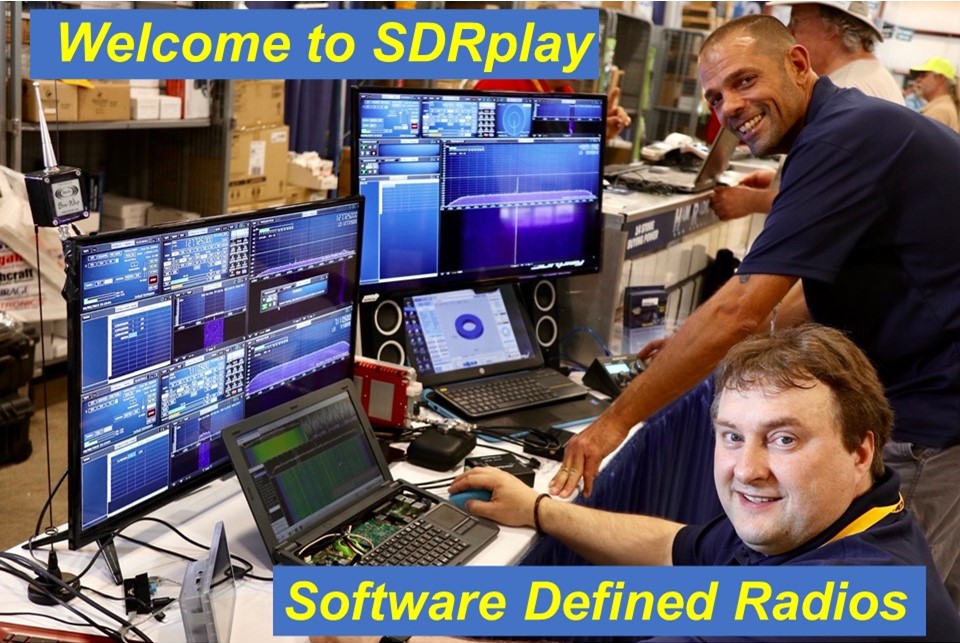Potental 5g interference? Yes. Reality? No.I wonder what it would take to modify one of those for 3800 -4200, or even 4000-4200? Maybe changing one of the surface mount inductor or capacitor values? I don't design cutoff filters so maybe someone can enlighten me?
And every neighbor who gets 5G internet will become a new source of interference.
The majority of 5g home Internet in urban/suburban locations will not use the slower throughput mid-band frequencies. The high speed services occur in the mm bands and these frequencies do not interfer with C-band. Of the dozens of frequencies used for 5G, only one band interferes with C-band satellite.
A band pass filter LNBF is a complete PCB design not simply a changed component.


